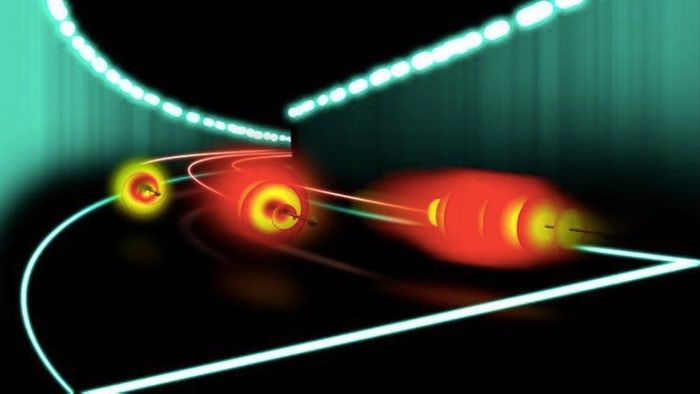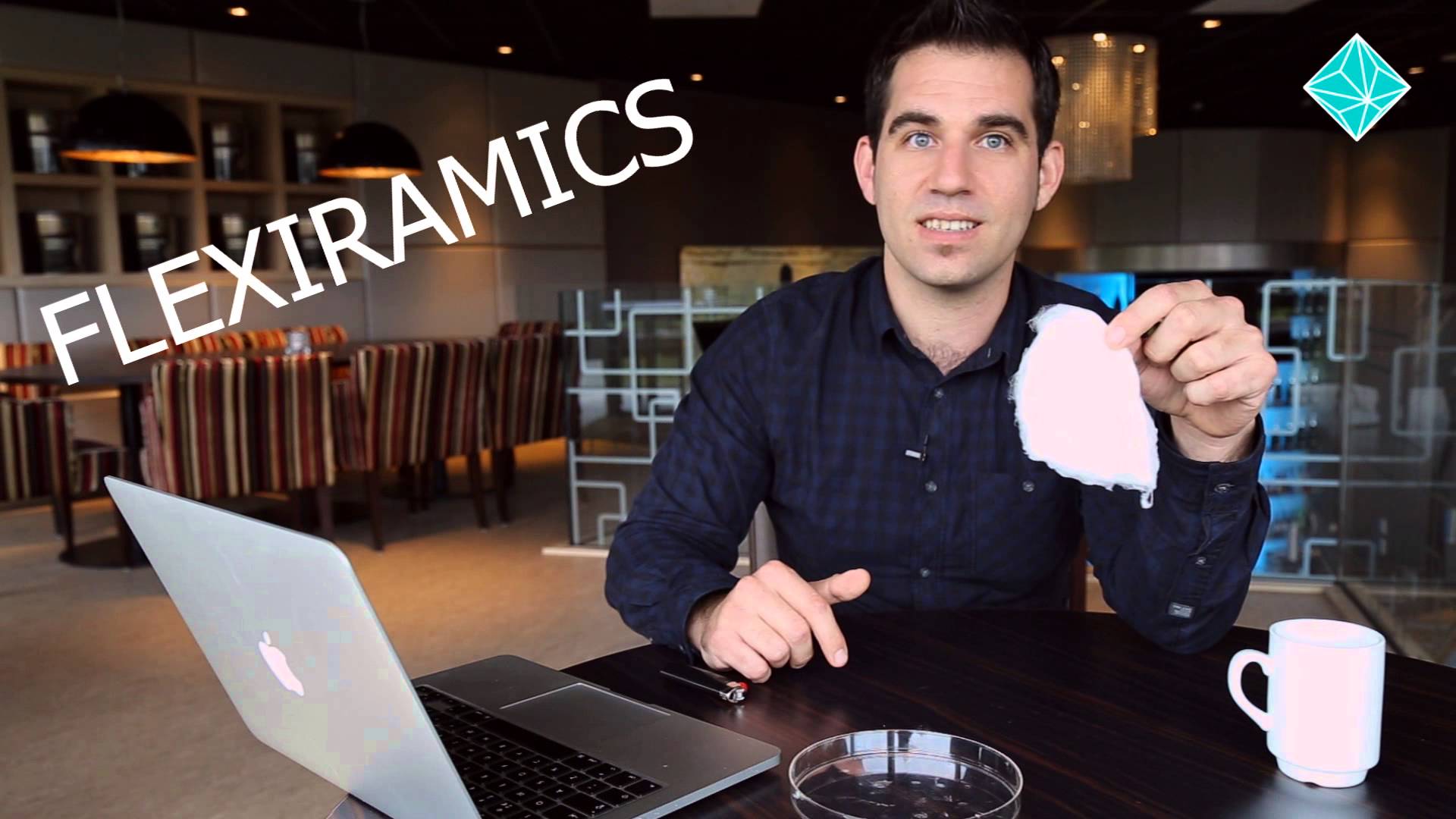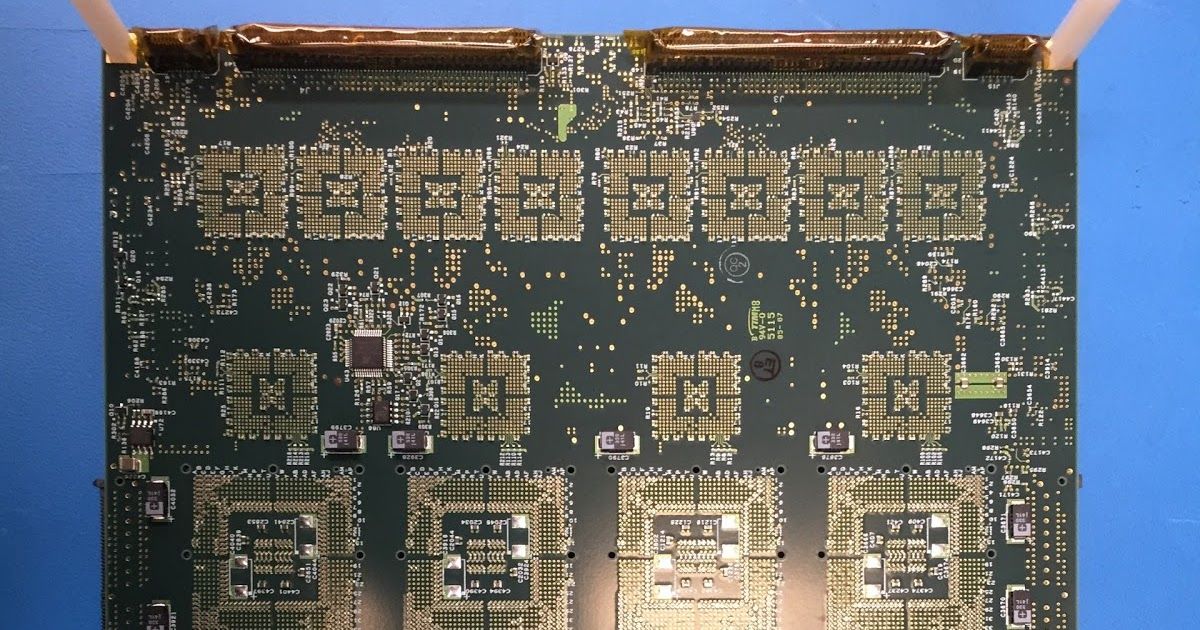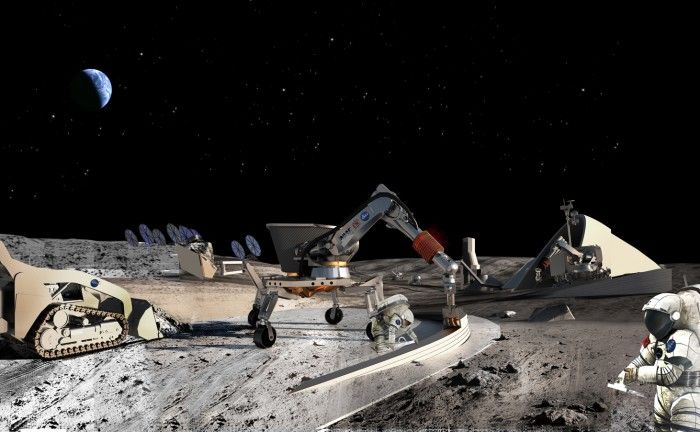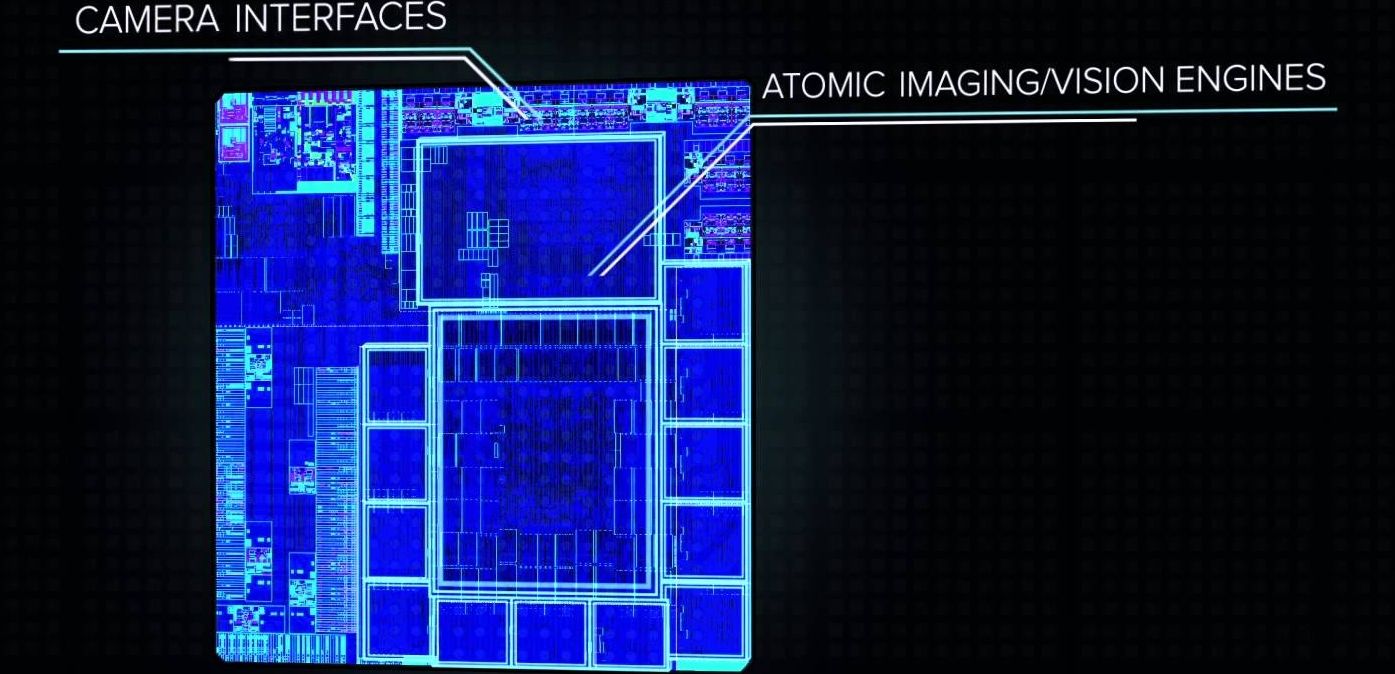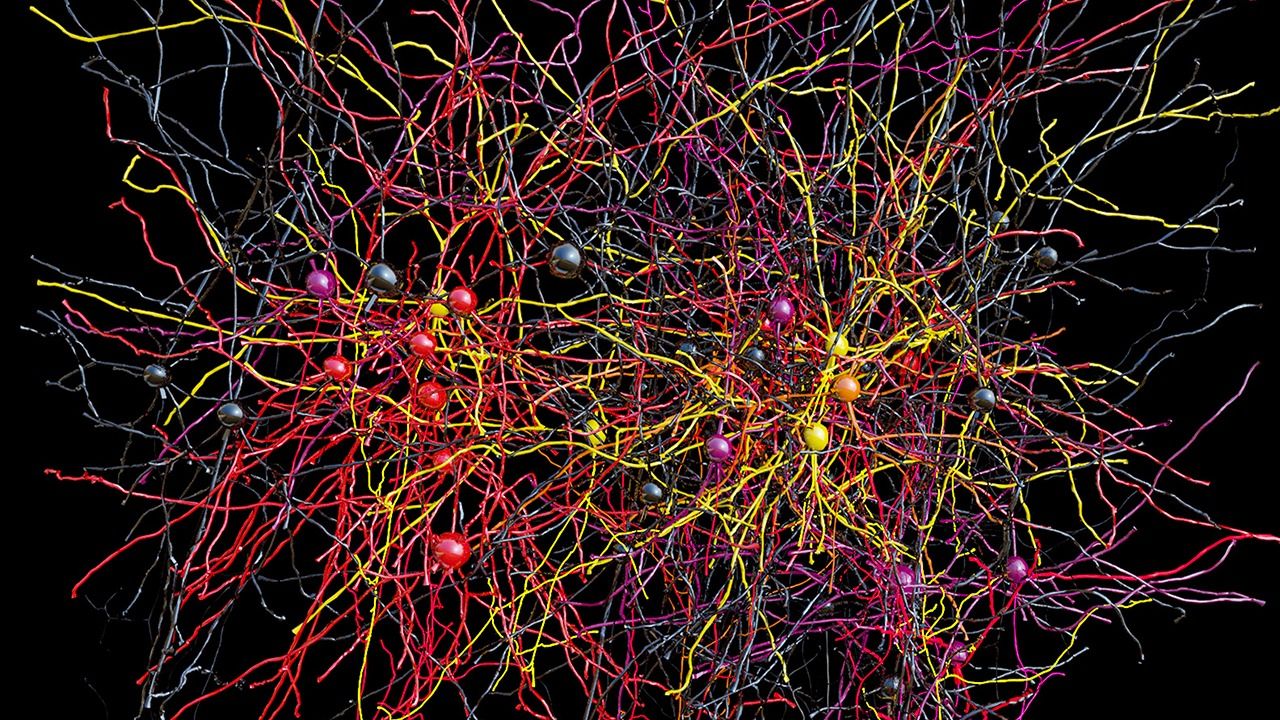A team of researchers at the University of Ottawa has discovered that twisted light moves slower than the speed of light in a vacuum set by Einstein’s theory of relativity, with major implications for the development of quantum computing and communications.
A flexible, paper-like ceramic material has been created that promises to provide an inexpensive, fireproof, non-conductive base for a whole range of new and innovative electronic devices (Credit: Eurakite). View gallery (4 images)
Materials to make hard-wearing, bendable non-conducting substrates for wearables and other flexible electronics are essential for the next generation of integrated devices. In this vein, researchers at the University of Twente have reformulated ceramic materials so that they have the flexibility of paper and the lightness of a polymer, but still retain exceptional high-temperature resistance. The new material has been dubbed flexiramics.
High-tech materials such as flexible polymers show promise in this regard, as does boron nitride, and may eventually make the cheaper, but more brittle insulators – such as those made from traditional ceramics – a thing of the past. However, the new ceramic material, named flexiramics, could give these new materials a run for their money as it is not only a tissue-like material that is easy to fold without breaking, it is also reportedly inexpensive and easy to produce.
Colorware Retro iMac | Uncrate
Posted in computing
“The Colorware Retro iMac blends the fun, nostalgic look of the Apple IIe with the technology of a 27-inch Retina iMac.”
Why You Should Care About Nukes
Posted in media & arts, military, physics
For info about divesting from nuclear weapons companies, go to http://responsibleinvest.org/
Thanks to the Future of Life Institute for helping support this video http://www.futureoflife.org (in particular, thanks to Max Tegmark for guest narrating and Meia Chita-Tegmark for her feedback)
And thanks to everyone who supports MinutePhysics on Patreon! http://www.patreon.com/minutephysics
Link to Patreon supporters here: http://www.minutephysics.com/supporters.html
Today, Lawrence Livermore National Lab (LLNL) and IBM announced the development of a new Scale-up Synaptic Supercomputer (NS16e) that highly integrates 16 TrueNorth Chips in a 4×4 array to deliver 16 million neurons and 256 million synapses. LLNL will also receive an end-to-end software ecosystem that consists of a simulator; a programming language; an integrated programming environment; a library of algorithms as well as applications; firmware; tools for composing neural networks for deep learning; a teaching curriculum; and cloud enablement.
The $1 million computer has 16 IBM microprocessors designed to mimic the way the brain works.
IBM says it will be five to seven years before TrueNorth sees widespread commercial use, but the Lawrence Livermore test is a big step in that direction.
Quarks To Quasars Photo 3
Posted in particle physics, space
